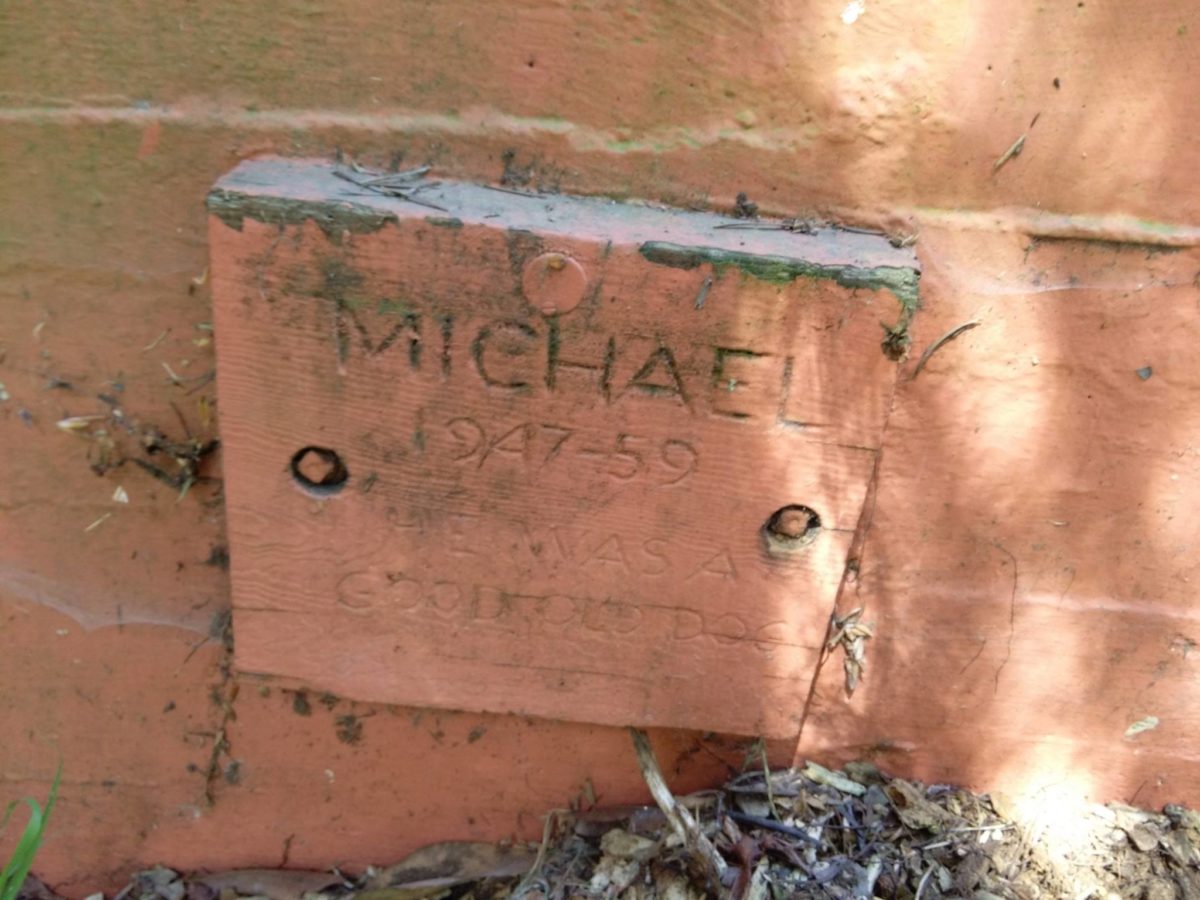
A new study of pet cemeteries finds that over time they mirror the changing nature of our relationship with animal companions. Looking at grave markers before and after World War II, the study authors found a profound shift in the language in the 20th century, with a larger number of them reflecting last names for the animals, the suffering of those left behind, listing survivors as “Dad” and “Mommy,” and even that they will be reunited in the afterlife. The gravestone of Denny, a “brave little cat” who died in 1952, for example, reads, “God bless until we meet again.”
And while the study notes an increased use of familial language more recently, reflecting how animals have gone from the barn into our homes, as my wife and I write in Welcome Home, our book about living with dogs and cats from an animal rights perspective, that doesn’t mean the pre-war years aren’t filled with deep pain over the loss of an animal or that people did not view their animals as family members. They did. In fact, such suffering goes back to antiquity. “My eyes were wet with tears, our little dog, when I bore thee (to the grave):” reads a grave marker from Ancient Rome.
Since the first moment the timid wolf came out of the shadows, would become the dog, and move into our homes, humans and dogs (and cats) have been inseparable. As early as 12,000 years ago for dogs and 9,500 years for cats, at a time when early societies buried their loved ones in marked graves under their homes, are those featuring people and animals. Skeletal remains of old dogs with evidence of “multiple maladies including arthritic development” are prevalent. These dogs would only have survived from the care of humans. Their discovery has led anthropologists and archaeologists to conclude that “traumatized elderly dogs were cared for by people: and then buried affectionately when they died.”
The same is true of cats. Requiems about the death of cats date back thousands of years and include some of the West’s most celebrated poets, including Emily Dickinson and T. S. Eliot. In describing her cat’s losing fight with cancer, more recently, novelist Margo Rabb writes of her beloved Sophie, a “constant companion,” the shock, fear, and hurt of learning she was dying, how she spared no expense to try to help her, and the myriad little ways that she found love and comfort and humor and humanity in her presence. Sitting on the couch in her veterinarian’s office crying after Sophie died, she writes, “My husband left work and met me there. ‘How long do you want to stay?’ he asked me, staring at her body on my lap. ‘Forever,’ I said.”
Today, at least in New York, she can. In 2015, the state passed legislation allowing the cremated remains of beloved animal companions to be buried in human cemeteries. In signing the bill into law, the Governor said that “Four-legged friends are family: Who are we to stand in the way if someone’s final wish includes spending eternity with them?”
The study, “Do all dogs go to heaven? Tracking human-animal relationships through the archaeological survey of pet cemeteries,” is here.
An article in Science summarizing the study is here.
Welcome Home is here.
————-
Have a comment? Join the discussion by clicking here.